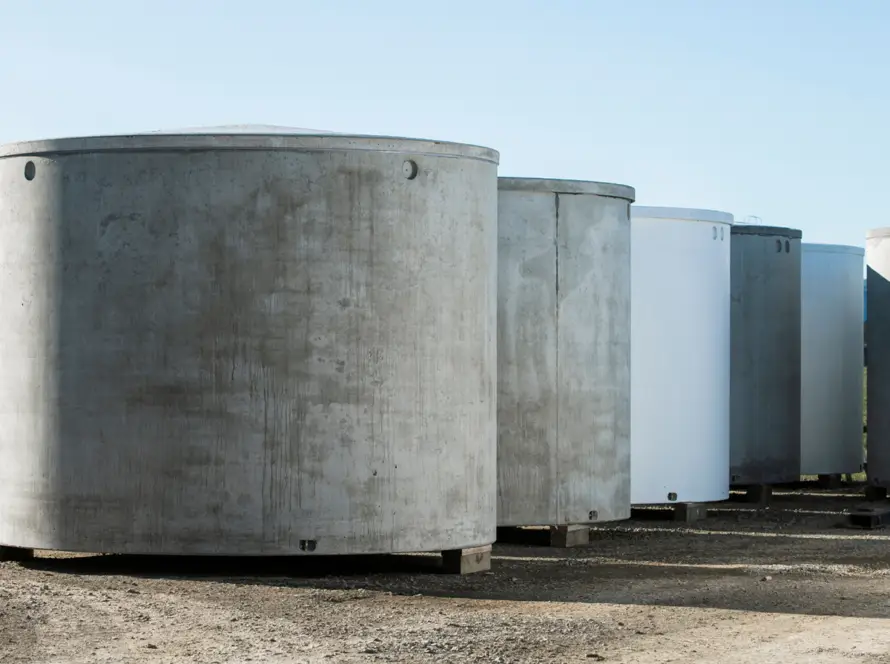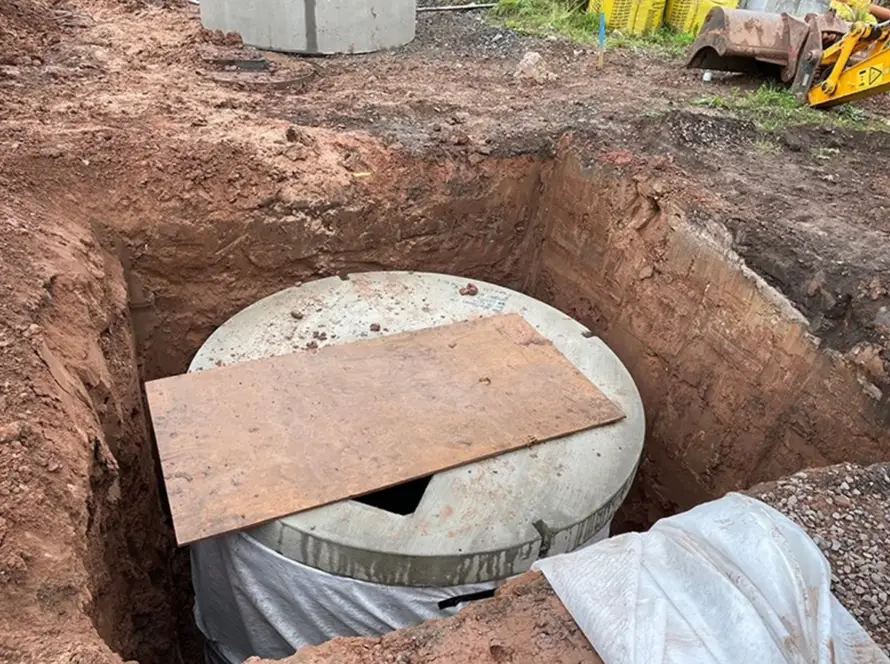Introduction
The construction industry is evolving at an incredible pace, driven by the need for faster project delivery, improved quality, and sustainable practices. One solution that continues to gain momentum is precast concrete. Precast refers to concrete components manufactured in a controlled environment, then transported to the construction site for quick and efficient installation. Unlike traditional cast-in-situ methods, precast offers better quality control, cost savings, design flexibility, and durability.
In this blog, we’ll explore what precast is, its advantages, applications, and why it is shaping the future of modern construction.
What is Precast?
Precast is the process of casting concrete elements in reusable molds within a factory setting. These components are cured under strict quality standards, ensuring uniformity, strength, and precision. Once ready, they are delivered to the construction site for installation.
This method differs from on-site casting, which can be affected by unpredictable weather, labor challenges, and inconsistent workmanship. Precast eliminates these risks, making it a preferred choice for infrastructure, residential, and commercial projects.
Advantages of Precast
- Durability and Strength
Precast concrete is highly resistant to weathering, corrosion, and fire. Its strength makes it ideal for structures that require long-lasting performance. - Faster Construction
Since elements are manufactured in advance, on-site work is reduced to installation. This significantly speeds up construction timelines. - Cost Efficiency
Although initial investment in molds and production may be high, precast reduces labor, material wastage, and delays — resulting in lower overall costs. - Sustainability
Precast generates less waste, can incorporate recycled materials, and offers better energy efficiency compared to traditional methods. - Aesthetic Versatility
Precast can be produced in a wide variety of shapes, finishes, and colors. It is commonly used for both structural and decorative purposes.
Applications of Precast
The versatility of precast concrete makes it suitable for countless applications, including:
- Residential Projects: Precast walls, staircases, and foundations offer durability and speed.
- Commercial Buildings: Office complexes, parking structures, and shopping centers benefit from precast slabs and beams.
- Infrastructure: Bridges, tunnels, and drainage systems are often built with precast for reliability.
- Urban Development: Benches, bollards, planters, and other urban furniture use precast for strength and design appeal.
- Water Management: Precast soakaways and water tanks ensure effective drainage and storage solutions.
Why Precast is the Future
The demand for precast is increasing worldwide due to several key factors:
- Urbanization: As cities expand, the need for faster, high-quality construction grows. Precast helps meet this demand.
- Labor Shortages: With fewer skilled laborers available, precast reduces dependency on on-site workers.
- Sustainability Goals: Governments and organizations are pushing for eco-friendly building methods. Precast aligns perfectly with these objectives.
- Design Innovation: Architects and engineers favor precast for its flexibility, enabling creative designs without compromising strength.
Precast vs Traditional Construction
Traditional cast-in-place concrete relies heavily on weather, site conditions, and large teams of workers. Delays and inconsistencies are common. In contrast, precast offers:
- Controlled factory production.
- Better curing and strength.
- Reduced project delays.
- Minimal maintenance over time.
This makes precast not only more efficient but also more reliable in terms of long-term performance.
Challenges of Precast
While precast has numerous benefits, it also comes with challenges:
- Transportation Costs: Large precast elements require careful handling and transport.
- Initial Investment: Setting up molds and production facilities requires upfront capital.
- Design Limitations: Extremely complex designs may need customization that increases costs.
However, with advancements in technology and logistics, these challenges are becoming easier to manage.
Conclusion
Precast technology is revolutionizing the construction industry by combining efficiency, sustainability, and durability. From residential homes to large-scale infrastructure, precast is proving to be the smarter, faster, and greener choice. As urbanization continues and the demand for quality construction grows, precast will remain at the forefront of modern building solutions.
If you are a developer, architect, or contractor, investing in precast means reduced risks, faster project delivery, and long-lasting value. Simply put, precast is not just a trend — it is the future of construction.



